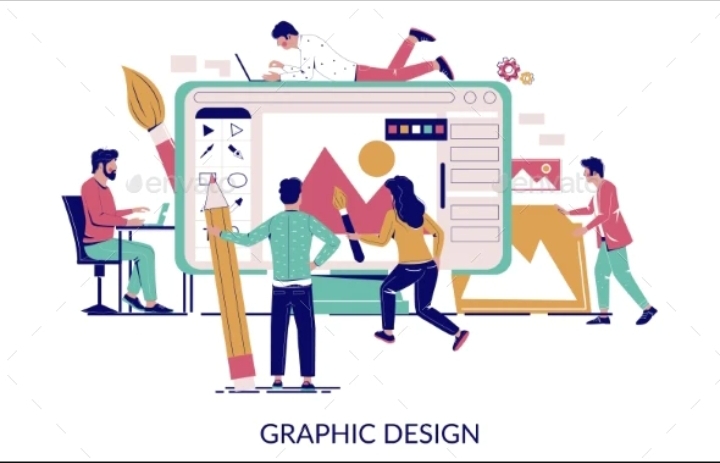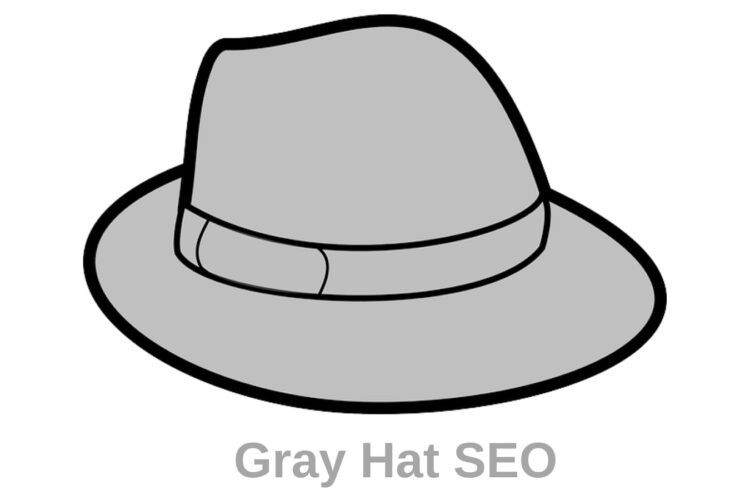
I’ve already stated what graphic design entails combined with the evolution of what is today known as an Advertising Agency to separate the role of the Graphic Artists.
However, let me reiterate that the overriding function of the Agency is to see that its client’s advertising results in greater profits in the long run than could be achieved without the agency.
Thus, the agency plans, prepares and places advertising on behalf of its clients. The customer is at the center of the process, and the agency serves as the overarching point of view on how the advertiser should approach the prospects for his product.There is a substantial difference between various advertising agencies based on the range of creative capabilities of the staff and the philosophy of advertising held by each agency.
When you look at the structure of a typical advertising agency, the Graphic Artist functions would be under the creative department, which consists of artists and copywriters, who convert the broad outlines into ideas for advertisements, such as visual concepts, slogans, copy, and story lines, which would be used across all media, as well as support materials (such as point of sale materials in stores).
The creative team at an advertising agency designs advertisements once plans have been solidified. The agency retains a diverse group of creative professionals like writers, artists, designers, television producers, and graphic artists.
Creative functions may be integrated into the department or divided between several departments such as copy, art, broadcast or production. Creativity involves a novel or unusual expression, response or concept. It must be overtly oriented to and relevant to the marketing situation and serve as a communications problem solver.
Creative advertising often refers to presenting a product in a way that entices a potential customer to buy it. Accordingly, the Graphic Artist functions in a similar manner to a copywriter in that he produces the words seen in various types of advertising as well as those heard in television and radio commercials.
A copywriter thinks in both words and pictures. He sees an advertisement he is preparing as a combination of words and pictures. He designs every You see an advertisement where an illustrator selects and retouches photographs and designs attractive packaging for the advertiser’s product.
Using the rough layout (sketches) the advertiser will start to develop the final layout. From this the comprehensive layout will emerge.
The artwork may then be drawn or photographed before moving to the production department for typesetting, engravings, plate preparation, and distribution to the publications where the advertisements will appear. He writes the proposed script.
In advertising agencies, layout men either work as freelancers or are salaried employees, and are therefore known as Layout Men. A person who is buying and directing the art bought from artists is referred to as an art director.
It is of course the Director’s responsibility to know the basic concepts of layout, typography, lettering, illustration, photography, engraving, and printing.
Specifically, the Graphic Artist performs the following functions thus:
1. The Layout Man:
It is his role to combine pictures, typography, lettering, and copy together for a successful advertisement. He must know when to create an advertisement that speaks softly, or when it should speak loudly.
2. The Illustrator:
He makes drawing of advertisement and illustration for magazines, stories.
His job in illustrating a story involves choosing the right situation from a book after reading it. As an illustrator, he creates drawings in pencil, marker, paint and dyes, using virtually every medium to illustrate effectively in black and white or in colour for books, magazines, Newspapers, advertising, including most forms of advertising, and graphic communications.
3. The Applied Designer:
The advertising designer specializes in the visual effects of advertising Create layouts for media such as newspapers, magazines, and brochures by effectively choosing type, illustrations, and photography. Designing and creating this sort of display requires knowledge of colour and design, as well as knowledge of advertising, merchandising, and display principles.
4. Corporate Designer:
In this role, the designer creates the original design and finished artwork for a mark or logo that will appear on a company’s stationary, equipment, uniforms, buildings, vehicles, and advertising.
5. Package Designer:
The package designer creates appropriate packaging, labels, point of Purchase displays and other devices to enhance the appearance and merchandising utility of your product.
Conclusion:
From the above analyses of the role of the Graphic Artist in an Advertising Obviously, he cannot be removed from an agency. It’s true that graphic arts are now largely computerized as a result of advances in technology for social and economic activities, advertising, book production, and mass communication.
Despite the fact that the computer is a wonderful invention, it cannot draw, design, or think for you. Despite being an integral part of the modern design process, a computer is merely a tool that must be mastered and used effectively. Good designs always start with a pencil.
Therefore you must allow your concepts, rather than the process, to drive your design, In consequence, the Graphic Artist is a formidable force to contend with in the realization of the stated goals of the Advertising An agency that meets the needs of a wide range of clients.




